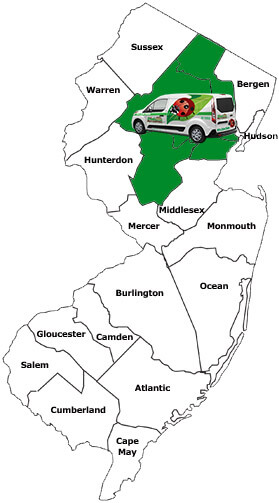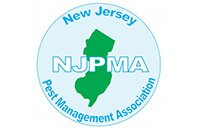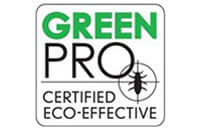
With its cute dots and vivid red hind wings, the spotted lanternfly might appear harmless at first. Unfortunately, its appearance is deceptive. This insect is a highly destructive invasive species. Though it’s native to countries like India, China, and Vietnam, large populations have also developed in New Jersey.
In their native environments, spotted lanternflies have many natural predators to keep their populations in check. That’s not the case in New Jersey. If these pests were to breed out of control, they could cost the state hundreds of millions of dollars in economic damage. On a smaller level, they can make outdoor spaces at home unpleasant and unsafe.
Currently, 13 counties in New Jersey are facing infestations of spotted lanternfly populations. Since they first arrived in the Mid-Atlantic region, they’ve created more damage more quickly than any invasive insect before them.
Desperate to stop the spread, the New Jersey Department of Agriculture has enacted pest quarantines in the worst-hit counties. Businesses and private individuals must now follow strict regulations to prevent spotted lanternflies and their larvae from hitching rides on various outdoor items.
How Do Spotted Lanternflies Hurt Plants?
These pests love to devour plants. At first, experts believed spotted lanternflies only attack Trees-of-Heaven — but they were wrong. Spotted lanternflies also eat maple trees, walnut trees, grapevines, and dozens of other valuable plants.
A spotted lanternfly uses its mouthpiece to pierce plants and slurp up sap. As you can imagine, just one of these bugs won’t do much damage. The problem? There’s never just one. If you ignore a single spotted lanternfly, you can look forward to seeing your plants overwhelmed by hundreds or even thousands before you know it. Spotted lanternflies can lay up to fifty eggs at a time, so disrupting their life cycle is vital.
If you do wind up with thousands of pests feeding on your plants, your trees might exhibit wilting and leaf curling. They could even die from the stress.
To make matters worse, these pests produce an enormous amount of waste. They excrete honeydew, a sticky, sugary liquid. Honeydew attracts wasps, bees, and other dangerous insects. It also creates the perfect breeding ground for sooty mold, which can coat entire plants, blocking sunlight and preventing photosynthesis.
How Dial Environmental Can Help
Every year, more people are discovering spotted lanternfly colonies in New Jersey. If you’ve found these pests on your property, you need help.
Many people who try to handle it on their own wind up disappointed. The internet is full of so-called solutions, but most of them don’t work. They only kill a few of the bugs while leaving many others behind, and they don’t disrupt this insect’s life cycle — which means thousands of eggs are still waiting to hatch.
There’s only one way to guarantee effective spotted lanternfly extermination without risking harm to your plants: Call a professional. We at Dial Environmental know precisely how to handle these invasive troublemakers. We’ll rid your property of spotted lanternflies quickly and efficiently so that you don’t have to. Contact us today for a free service quote!







